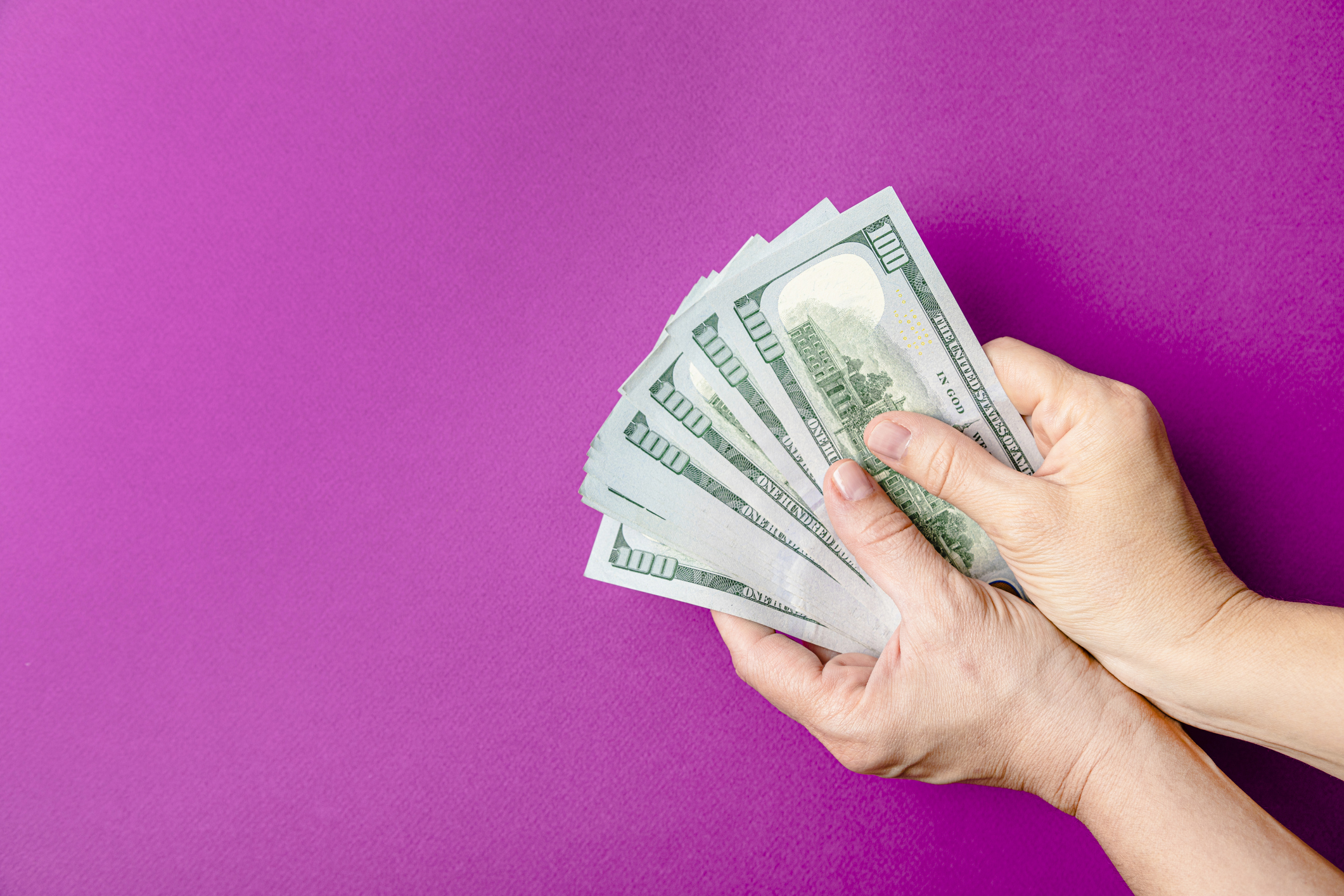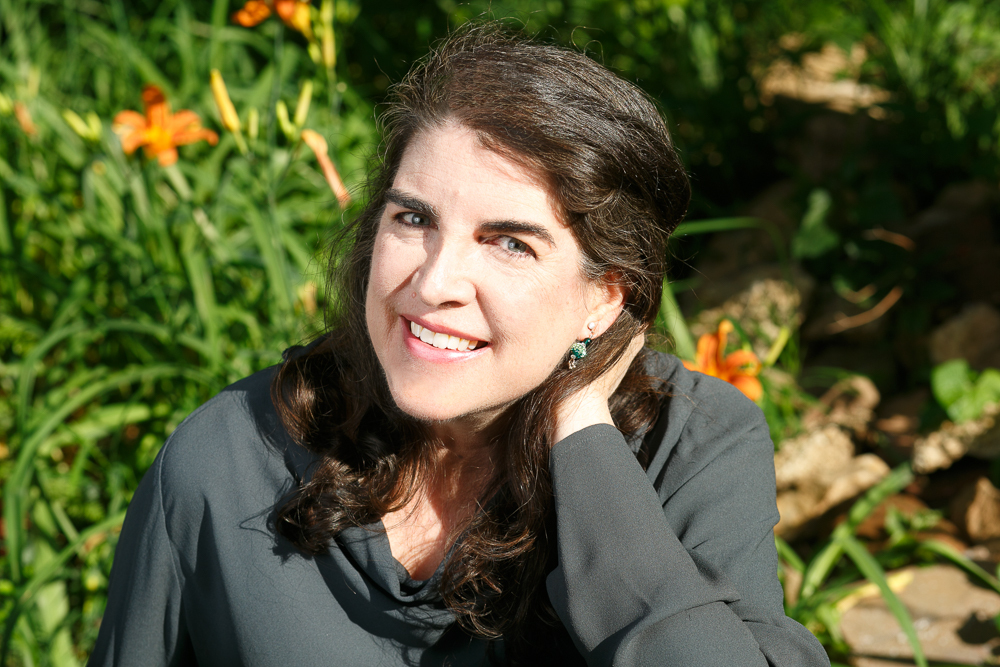Is Chase's "Pay Yourself Back" Worth It?
"Pay Yourself Back" rewards some Chase cards with extra cash — and it's also a powerful donation tool.


This article reviews the Pay Yourself Back program only. We may get compensation if you visit partner links on our site. We may not cover every available offer. Our relationship with advertisers may impact how an offer is presented on our website. However, our selection of products is made independently of our relationship with advertisers. The content on this page is accurate as of the posting date; however, some of the offers mentioned may have expired.
Chase recently extended its popular Pay Yourself Back program, which provides a 25% or 50% bump over standard cash back options on Chase Ultimate Rewards points. While this value is still likely below what you could get by redeeming points for travel, it’s an attractive option for those who aren’t traveling as much as they had planned or who need a bit of cash quickly.
Best yet? Pay Yourself Back is also a great way to donate to certain charities, giving you 1.25 to 1.50 cents back for every dollar you donate.

Sign up for Kiplinger’s Free E-Newsletters
Profit and prosper with the best of expert advice on investing, taxes, retirement, personal finance and more - straight to your e-mail.
Profit and prosper with the best of expert advice - straight to your e-mail.
But Pay Yourself Back is only worth it for certain purchases, and the payback rate varies by credit card.
What is Pay Yourself Back?
Chase’s travel credit cards are known for being some of the best rewards credit cards available, offering valuable and flexible points for travel purchases. In fact, each point is worth about two cents, according to The Points Guy.
Chase launched the Pay Yourself Back program in 2020 to encourage customers to hold onto their travel cards during the Covid pandemic shutdown. The program provides up to 25% more cash back on the Chase Sapphire Preferred® and several other cards, and up to 50% more on the Chase Sapphire Reserve® card. For example, a Sapphire Preferred customer could redeem 10,000 points for $125, and a Sapphire Reserve card member could redeem 10,000 points for $150 cash back.
The catch? Only specific categories can earn extra cash back. The program only makes sense if you plan to make a donation to one of the approved charities. Or, if you are a Chase Sapphire Reserve cardholder, gas or grocery purchases through the end of September will also get you more cash back.
Here's the breakdown by card.
Credit Card Name | Total Cash Back Per Point | Eligible Categories |
Chase Sapphire Reserve® | 1.25 cents per point | Gas, Groceries and the Sapphire Reserve annual fee through 9/3/2023 |
| Row 2 - Cell 0 | 1.50 cents per point | Select charities through 12/31/2023 |
Chase Sapphire Preferred® | 1.25 cents per point | Select charities through 12/31/2023 |
Chase Ink Business Cash® | 1.25 cents per point | Select charities through 12/31/2023 |
Chase Ink Business Preferred® | 1.25 cents per point | Select charities through 12/31/2023 |
Chase Ink Business Unlimited® | 1.25 cents per point | Select charities through 12/31/2023 |
Chase Freedom Flex℠ | 1.25 cents per point | Select charities through 12/31/2023 |
Chase Freedom Unlimited | 1.25 cents per point | Select charities through 12/31/2023 |
Other Ultimate Rewards cards | Varying rates | Contact Chase for details |
How does Pay Yourself Back work?
To redeem Chase Ultimate Rewards for Pay Yourself Back cash, log into your Chase rewards accounts and follow the prompts.
- After logging in, go to the "Ultimate Rewards" page linked to your account.
- From the menu bar on the left side of the page, choose "Pay Yourself Back."
- Choose between one and 12 recent eligible purchases listed.
- The system will tell you how many days you have left to redeem points toward each transaction. After 90 days, you will no longer be able to use points for that purchase.
- Choose how many of your available Ultimate Rewards points you want to apply to each purchase. Finalize the request to redeem your points for a statement credit.
Which charities are eligible?
You get 1.25 cents back per point as a statement credit (or 1.5 cents back with a Chase Sapphire Reserve card) when you donate to the following charities using your eligible credit card. Note that donations made to local or state chapters may not qualify, so be sure to donate to the national office.
- American Red Cross
- Equal Justice Initiative
- Feeding America
- GLSEN
- Habitat for Humanity
- International Medical Corps (including support for relief efforts in Ukraine)
- International Rescue Committee (including support for relief efforts in Ukraine)
- Leadership Conference Education Fund
- NAACP Legal Defense and Education Fund
- National Urban League
- Out & Equal Workplace Advocates
- SAGE
- Thurgood Marshall College Fund
- UNICEF USA (including support for relief efforts in Ukraine)
- United Way
- World Central Kitchen (including support for relief efforts in Ukraine)
When does Pay Yourself Back expire?
The added flexibility of Pay Yourself Back has been popular, and the company extends the program from time-to-time. This latest version of the program expires at the end of September 2023 for Chase Sapphire Reserve gas and grocery purchases, or for payment toward the annual fee. For donations on the Chase Sapphire Reserve card, you have until the end of 2023.
For the Chase Sapphire Preferred and other cards, the program expires after December 31, 2023.
Disclaimer
As an independent publication dedicated to helping you make the most of your money, the article above is our view of the best deals and is not the opinion of any entity mentioned such as a card issuer, hotel, airline etc. Similarly, the content has not been reviewed or endorsed by any of those entities.
Related Content
Get Kiplinger Today newsletter — free
Profit and prosper with the best of Kiplinger's advice on investing, taxes, retirement, personal finance and much more. Delivered daily. Enter your email in the box and click Sign Me Up.

Ellen writes and edits retirement stories. She joined Kiplinger in 2021 as an investment and personal finance writer, focusing on retirement, credit cards and related topics. She worked in the mutual fund industry for 15 years as a manager and sustainability analyst at Calvert Investments. She earned a master’s from U.C. Berkeley in international relations and Latin America and a B.A. from Haverford College.
-
 Ask the Editor: Four Reader Tax Questions
Ask the Editor: Four Reader Tax QuestionsAsk the Editor In our Ask the Editor series, Joy Taylor, The Kiplinger Tax Letter Editor, answers questions related to IRAs and other retirement accounts.
By Joy Taylor Published
-
 Could You Retire at 59½? Five Considerations
Could You Retire at 59½? Five ConsiderationsWhile some people think they should wait until they're 65 or older to retire, retiring at 59½ could be one of the best decisions for your quality of life.
By Joe F. Schmitz Jr., CFP®, ChFC® Published